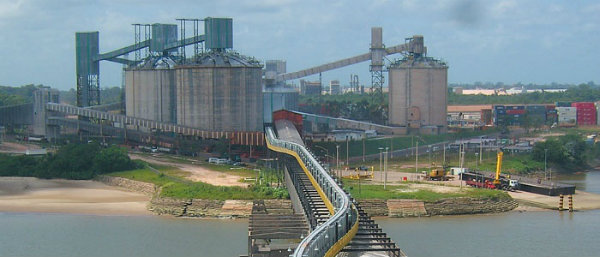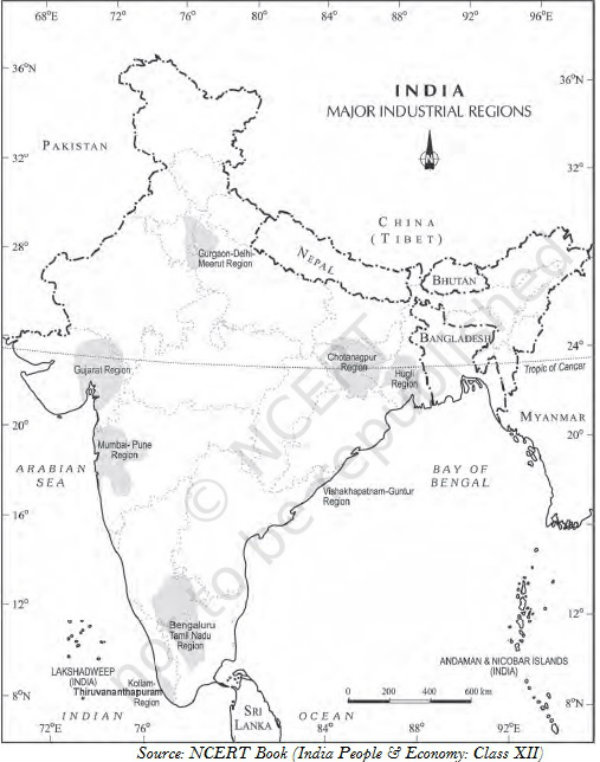On the basis of ownership, industries come under public sector, private sector, joint, and cooperative sector.
Industries of strategic and national importance are usually in the public sector.
Industries are also classified on the basis of the use of their products such as basic goods industries, capital goods industries, intermediate goods industries, and consumer goods industries.
On the basis of raw materials used by the industries − industries are categorized as agriculture-based industries, forest-based industries, mineral-based industries, and industrially processed raw material-based industries.
Location of industries is influenced by several factors like access to raw materials, power, market, capital, transport, and labor, etc.
Establishment of iron and steel industry in Bhilai (Chhattisgarh) and Rourkela (Odisha) were based on decision to develop backward tribal areas of the country.
The major raw materials for the iron and steel industries are iron ore, coking coal, limestone, dolomite, manganese, and fire clay.
Major iron and steel industries in India are −
The Tata Iron and Steel plant (TISCO);
The Indian Iron and Steel Company (IISCO);
Visvesvaraiya Iron and Steel Works Ltd. (VISL);
Rourkela Steel Plant;
Bhilai Steel Plant;
Durgapur Steel Plant; and
Bokaro Steel Plant.
Some other major iron and steel industries are −
Vizag Steel Plant, in Vishakhapatnam in Andhra Pradesh is the first port based plant which started operating in 1992.
The Vijaynagar Steel Plant at Hosapete in Karnataka was developed by using indigenous technology.
The Salem Steel Plant in Tamil Nadu was commissioned in 1982.
The Rourkela Steel plant was set up in the year 1959 in the Sundargarh district of Odisha in collaboration with Germany.
The Bhilai Steel Plant was established in 1959 with Russian collaboration in Durg District of Chhattisgarh.
Durgapur Steel Plant was established in 1962 in West Bengal, in collaboration with the government of the United Kingdom
Bokaro steel plant was set up in 1964 at Bokaro with Russian collaboration.
India was famous worldwide for the production of muslin, a very fine variety of cotton cloth, calicos, chintz, and other different varieties of fine cotton cloth.
In 1854, the first modern cotton mill was established in Mumbai.
At present, the major centers of the cotton textile industry are Ahmedabad, Bhiwandi, Solapur, Kolhapur, Nagpur, Indore, and Ujjain.
Tamil Nadu has the largest number of mills; however, most of them produce yarn rather than cloth.
Davangere, Hubballi, Ballari, Mysuru, and Bengaluru are important cotton growing regions in Karnataka.



No comments:
Post a Comment